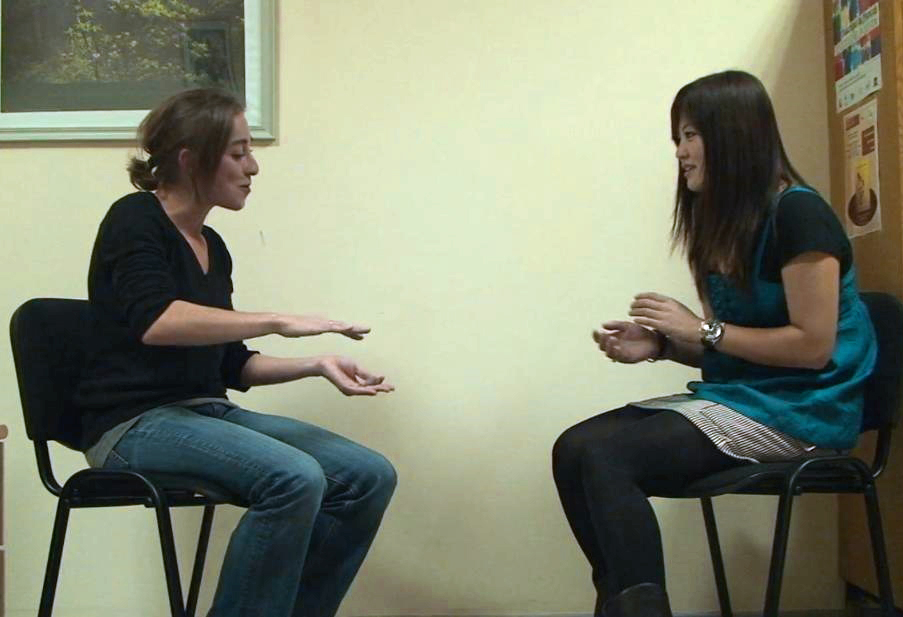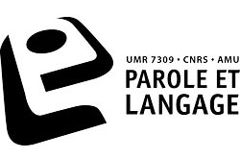Marion Tellier, Gale Stam and Alain Ghio have just published the article « Handling language: How future language teachers adapt their gestures to their interlocutor » in the journal Gesture..


A lire aussi
How can grammar be explained in sign language?
19 November 2025
par Claudia Pichon-Starke
The discursive and prosodic properties of the French connector ‘mais’ in conversational interaction
18 November 2025
par Claudia Pichon-Starke
How can we help pupils better understand stories?
03 November 2025
par Claudia Pichon-Starke
Does the way we process language change depending on whether we are with others or alone?
31 October 2025
par Claudia Pichon-Starke
The perception of lexical pitch accent in South Kyungsang Korean
30 October 2025
par Claudia Pichon-Starke
How can grammar be explained in sign language?
19 November 2025
par Claudia Pichon-Starke
The discursive and prosodic properties of the French connector ‘mais’ in conversational interaction
18 November 2025
par Claudia Pichon-Starke
How can we help pupils better understand stories?
03 November 2025
par Claudia Pichon-Starke
Does the way we process language change depending on whether we are with others or alone?
31 October 2025
par Claudia Pichon-Starke
The perception of lexical pitch accent in South Kyungsang Korean
30 October 2025
par Claudia Pichon-Starke







